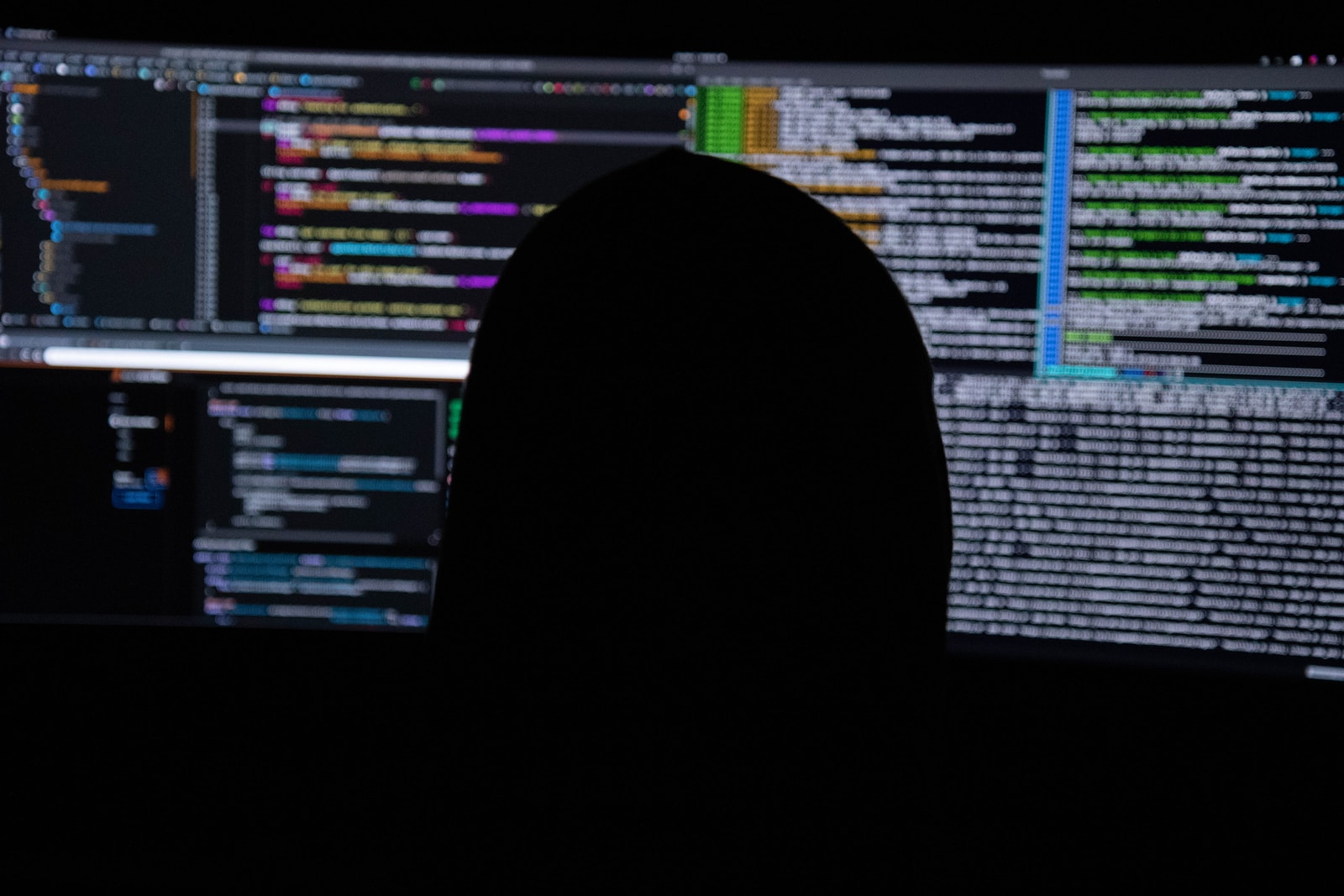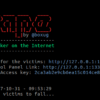Educational tutorial How To Become A Penetration Tester, published in 3 parts, will aim to help the next generation of cyber security experts.
You will find all the essential knowledge and tools one must learn to become efficient and skilled at penetration testing, and at the bottom.
1. TCP/IP (Networking)
Computers themselves speak to each other across a network through the use of packets. In essence the base unit of communications in the world of computer networks is the packet. Packets themselves are most commonly built using the TCP/IP stack, which is part of the computer’s operating system.
Each operating system has some unique values coded into its implementation of the TCP/IP stack. This is how OS fingerprinting works, by studying these unique values such as MSS and MTU among others. It has been said before that to recognize the abnormal you must first understand what is normal.
This is why we need to understand what a normal TCP/IP packet looks like and how TCP/IP itself sets up communications between computers.
HTML in pentesting
HTML is really important, first because every page you see on the web are displayed to some extent using HTML. It is the minimum to know the most basic language which carries the most content on internet.
Also HTML injection is an attack that is similar to Cross-site Scripting (XSS). While in the XSS vulnerability the attacker can inject and execute Javascript code, the HTML injection attack only allows the injection of certain HTML tags. When an application does not properly handle user supplied data, an attacker can supply valid HTML code, typically via a parameter value, and inject their own content into the page.
This attack is typically used in conjunction with some form of social engineering, as the attack is exploiting a code-based vulnerability and a user’s trust.
Read Also: Paros – A java based proxy with amazing features
Kali Linux in Virtual Machine
Kali Linux is a Debian-based Linux distribution aimed at advanced Penetration Testing and Security Auditing. Kali contains several hundred tools which are geared towards various information security tasks, such as penetration testing, security research, computer forensics and reverse engineering.
- More than 600 penetration testing tools included.
- Free and always will be.
- Open source
- Developed in a secure environment
- Multi-language support
You don’t have to use a VM but it allows you to run KALI and your default OS simultaneously, its facilitates some anonymity features and doesn’t force use to boot from a USB or install in on the Hard drive of your computer.
Why learn Debian commands is pretty easy question and you don’t need spoilers for that one, in my opinion it is important to know your way around the system you use and learn the basic terminal commands that are packed within.
Tor, Proxychains, Whonix or a VPN?
During the penetration testing or vulnerability assessment or hacking, staying anonymous is one of the important factor.
If you are trying to be a black hat, this is not tutorial for you, but to done a good pentest, you also don’t want to get caught. Without some of anonymity, the internet connection will reveal your identity.
ProxyChains is proxifier for linux system. It allows TCP and DNS tunneling through proxies. It supports HTTP, SOCKS4 and SOCKS5 proxy servers. It uses multiple proxies at a time, so it is called Proxy Chaining.
Whonix is also a very good way to stay anonymous and makes use of the Tor network with its own gateway.
MAC Spoofing allows you to change your MAC adress which is your computer’s ID. Your MAC address points to your PC’s brand and can lead to you when deep searching.
VPN goes as best anonymity you can get today, especially if you go with paid ones with good reviews and no-log policy.
For the Part 2 of How To Become A Penetration Tester, we will talk about wireless, hacking tools, mitm attacks, different exploits and attacking methods and techniques.



Hello sir muje hacking sikni ha
I love hacking sir please teach me